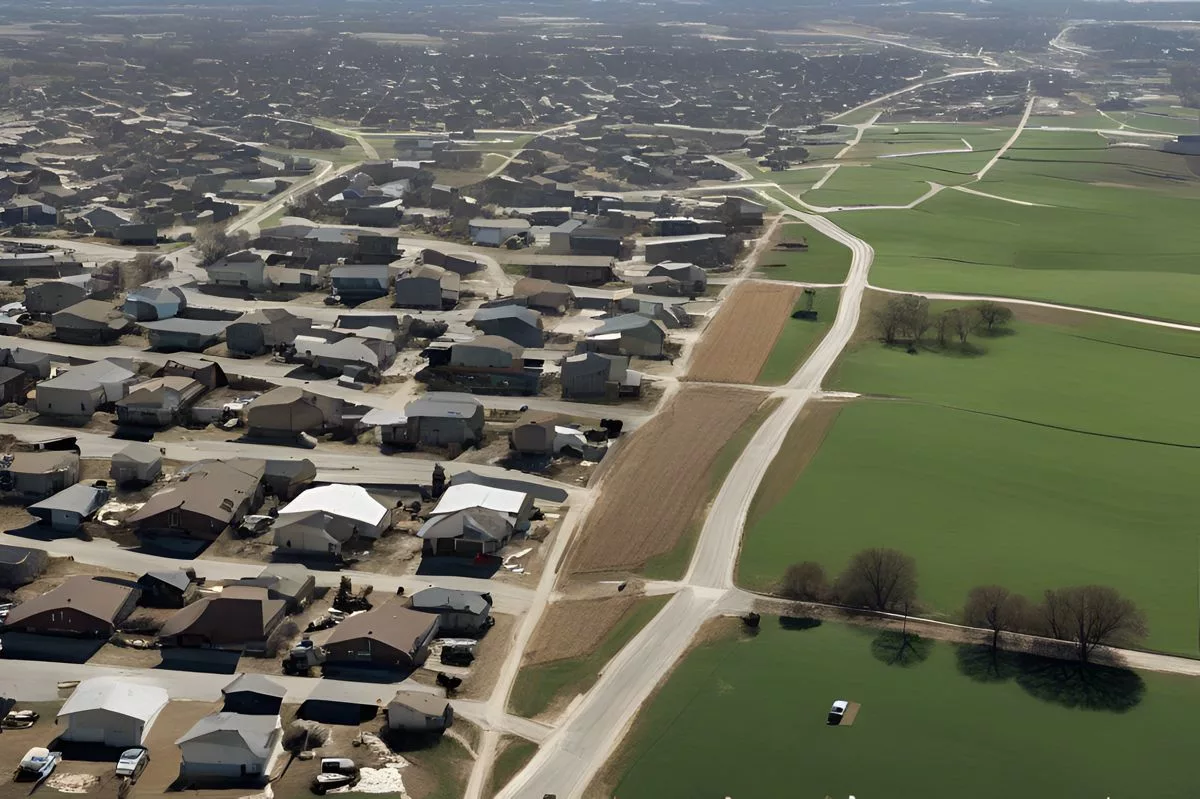South Africa’s economy is a mix of bright hopes and deep challenges. With a staggering unemployment rate of 32.9%, many people struggle to find jobs, especially in rural areas where opportunities are scarce. The shadow of apartheid still looms, creating a big gap between the rich and the poor. However, there’s a spark of hope in the country’s vibrant communities and efforts to improve education and healthcare. By working together, South Africa can weave a better future and bridge the divides that hold it back.
What are the main economic challenges facing South Africa?
South Africa faces significant economic challenges, including a high unemployment rate of 32.9%, severe income inequality, and regional disparities in employment opportunities. Historical factors, such as apartheid, continue to influence these issues, making it essential to address access to education and job creation for a more equitable society.
A Tapestry of Contrasts
South Africa’s economic landscape presents a complex picture of stark contrasts, woven deeply with threads of inequality that span both its geography and demographics. These disparities are particularly evident in employment opportunities and income distribution, reflecting the nation’s struggle for equilibrium amid historical and structural challenges. Understanding these contrasts is vital for comprehending the broader socio-economic narratives that define modern South Africa.
In early 2024, Statistics South Africa unveiled a troubling increase in the unemployment rate, rising to 32.9% from the previous quarter’s 32.1%. This statistic is more than just a number; it signifies the daily economic struggles faced by millions of South Africans. The uneven access to employment across different regions underscores the immense inequality, revealing the lingering effects of apartheid that continue to shape the socio-economic landscape.
Income inequality also presents a daunting challenge, positioning South Africa among the world’s most unequal societies according to the Gini coefficient. This inequality extends beyond mere figures, impacting the societal framework and altering access to essential services like education and healthcare. Urban centers, with relatively higher employment rates, stand in stark contrast to rural regions where opportunities are limited, further deepening these divides.
Understanding Regional Disparities
The concept of the labor absorption rate sheds light on these disparities, measuring the ratio of employed individuals to the working-age population. This metric offers insights into an economy’s ability to generate jobs. Research conducted by the Human Sciences Research Council, led by Dr. Gina Weir-Smith and Dr. Simangele Dlamini, analyzes labor absorption rates across South Africa from 1996 to 2020. Their study reveals significant regional discrepancies, with the Western Cape demonstrating markedly higher rates than the Eastern Cape. This observation highlights broader narratives of regional inequality, where some areas benefit economically while others remain stagnant.
An intriguing aspect of South Africa’s economic dynamics is the regional spillover effect. Urban areas, with higher employment levels and literacy rates, often extend their economic vitality to neighboring regions. This ripple effect, combined with robust educational infrastructure in metropolitan areas, bolsters these regions’ ability to absorb labor. However, the influx of migrants drawn to urban centers for better opportunities stresses infrastructure and resources, leading to challenges like housing shortages and increased job competition.
Migration trends further complicate the employment landscape. Urban centers, while hubs of economic activity, grapple with the challenge of supporting growing populations while sustaining job growth. This strain often results in reduced labor absorption rates, particularly in densely populated areas with significant rural migrant inflows. Conversely, regions experiencing negative net migration, where more people leave than arrive, face lower labor absorption rates. The Eastern Cape and KwaZulu-Natal exemplify this issue, contending with both low absorption rates and negative net migration, illustrating the intricate relationship between migration and employment dynamics.
The Legacy and Hope
Inequality in South Africa is deeply intertwined with historical and structural factors. Apartheid’s legacy, with its enforced spatial segregation and economic disenfranchisement, continues to influence the country’s socio-economic fabric. The disparities in income and employment echo past divisions, necessitating concerted efforts to bridge these gaps and foster a more equitable society.
Despite these formidable challenges, glimmers of hope and resilience shine through. South Africa’s vibrant civil society, rich cultural heritage, and diverse population offer immense potential for transformative change. Initiatives focused on improving access to education and healthcare, coupled with policies encouraging inclusive economic growth, hold the promise of addressing the entrenched inequalities that characterize the nation’s landscape.
Understanding South Africa’s socio-economic dynamics requires an appreciation of the complexity and nuance that define its narratives. The interplay of historical legacies, regional disparities, and migration patterns creates a multifaceted picture. This demands a nuanced understanding of the challenges and opportunities that lie ahead. South Africa’s journey towards greater equality is not a singular narrative but a tapestry of stories, each contributing to the broader quest for a just and equitable society.
FAQ on South Africa’s Economic Paradox
What is the current unemployment rate in South Africa?
The unemployment rate in South Africa has reached a staggering 32.9%, reflecting the ongoing economic struggles many citizens face. This high rate is particularly pronounced in rural areas, where job opportunities are scarce.
How does apartheid influence South Africa’s economic challenges?
The legacy of apartheid continues to significantly impact South Africa’s socio-economic landscape, contributing to severe income inequality and regional disparities. Historical factors from this oppressive system have created barriers to access in education and employment, perpetuating the challenges faced by disadvantaged communities.
What are the major factors contributing to income inequality in South Africa?
South Africa is among the world’s most unequal societies, with income disparity evident across both geographical and demographic lines. The Gini coefficient indicates a stark division in income distribution, where urban centers experience higher employment and income levels compared to rural regions, exacerbating the inequalities.
How do regional disparities affect employment opportunities in South Africa?
Regional disparities significantly affect employment opportunities, as areas like the Western Cape demonstrate higher labor absorption rates compared to regions like the Eastern Cape. This highlights the uneven economic development across the nation and the need for targeted policies to address these imbalances.
What role does migration play in South Africa’s employment landscape?
Migration trends complicate the employment landscape, as urban centers attract individuals seeking better opportunities. While this can stimulate economic growth, it also strains local infrastructure and resources, leading to challenges like housing shortages and increased competition for jobs.
What initiatives are in place to address inequality and foster economic growth in South Africa?
There are various initiatives aimed at improving access to education and healthcare and promoting inclusive economic growth. South Africa’s vibrant civil society and diverse population are key elements in these efforts, with a focus on transformative change to create a more equitable society and bridge the existing gaps in employment and income.












